Global warming and climate change have led Devon and me to think hard about how to reduce the long-term environmental impact of renovating and then living in the house. This we take to be a part of our stewardship of this land and its waterway. We want to manage our energy use and reduce our dependence on fossil fuel in every way we can. We may never achieve a fully Net-Zero Energy home, but we aspire to come as close as possible. (A Net-Zero home generates as much energy onsite as it uses over the course of a year.)
At first, I thought that just meant assessing how much energy we would use, and then figuring out how much we would need to generate to offset it. But that isn’t even close to the actual starting point. That would be whether and how to reduce our baseline energy use. Do that, and the amount you have to replace is correspondingly less.
None of which we knew much about when we started this process—meaning more searches and lists about how to make the house energy efficient in a New England climate.
Our Four Strategies
We came up with four broad strategies to direct this part of our planning:
- Prevent energy loss to reduce the amount we need to use.
- Reduce actual energy use with energy-conserving appliances and lighting.
- Conserve water use.
- Install energy-efficient heating, cooling, and power systems.
1. Prevent Energy Loss to Reduce the Amount We Need to Use.
Together, the outer walls, roof, windows, doors, and foundation of a house constitute its “envelope” or “shell.” The point is to make that envelope as airtight as possible, leaving only the ventilation you actually want. On the one hand, no house can be hermetically sealed; on the other, how do you seal everything up enough to stop the leaking of warm air in cold weather or of cooled air in the summer heat?
Stop Up Holes
A first step involves looking for holes that can let in either cold air or water. Soggy insulation doesn’t work so well and, to quote Devon, “It also turns into moldy insulation.” Unwanted holes can occur in places like the roof, in soffits (the underside of eaves), in crawl spaces, and in the spaces between foundations and walls. This is especially true when it comes to pipes, wiring, ducts that pierce the house’s envelope, and around windows and doors.
Besides compromising the climate management of the house, holes can let in squirrels and other uninvited lodgers (think bats, mice, rats or, in our case, a chipmunk Devon called Chippie).
Devon has lots of stories about repairing major damage caused by rodents taking up residence in the soffits of old houses!
His favorite involves a hostile squirrel that came out each day to surveil him as he ripped out rotted wood in order to replace it. The squirrel showed no fear of a six-foot, 220 pound carpenter working on the eaves. Instead, each day its long, hard stare gave every indication that it took the demolition of its residence quite personally (squirrelly?).
As Devon went through the house and barn to take detailed measurements for the building plans, he also identified the many points that would need to be sealed. We are lucky that a gutted structure makes the hunt for holes easier, since they are not hidden behind layers of plaster and old insulation.
Sheathing & Vapor Barrier
At the same time, an older house also offers a major challenge to sealing things up when you are not removing all the siding from the onset (which we are not in a position to do right now).
Normally, the sheathing of the house (the board or panel material used in wall and roof assemblies) gets covered with a vapor barrier. This is any material used to keep water (like rain or melting snow) away from the sheathing. You may have seen one of the earliest brands like Tyvek®, which is still widely used, or the current state of the art, Zip Systems®.
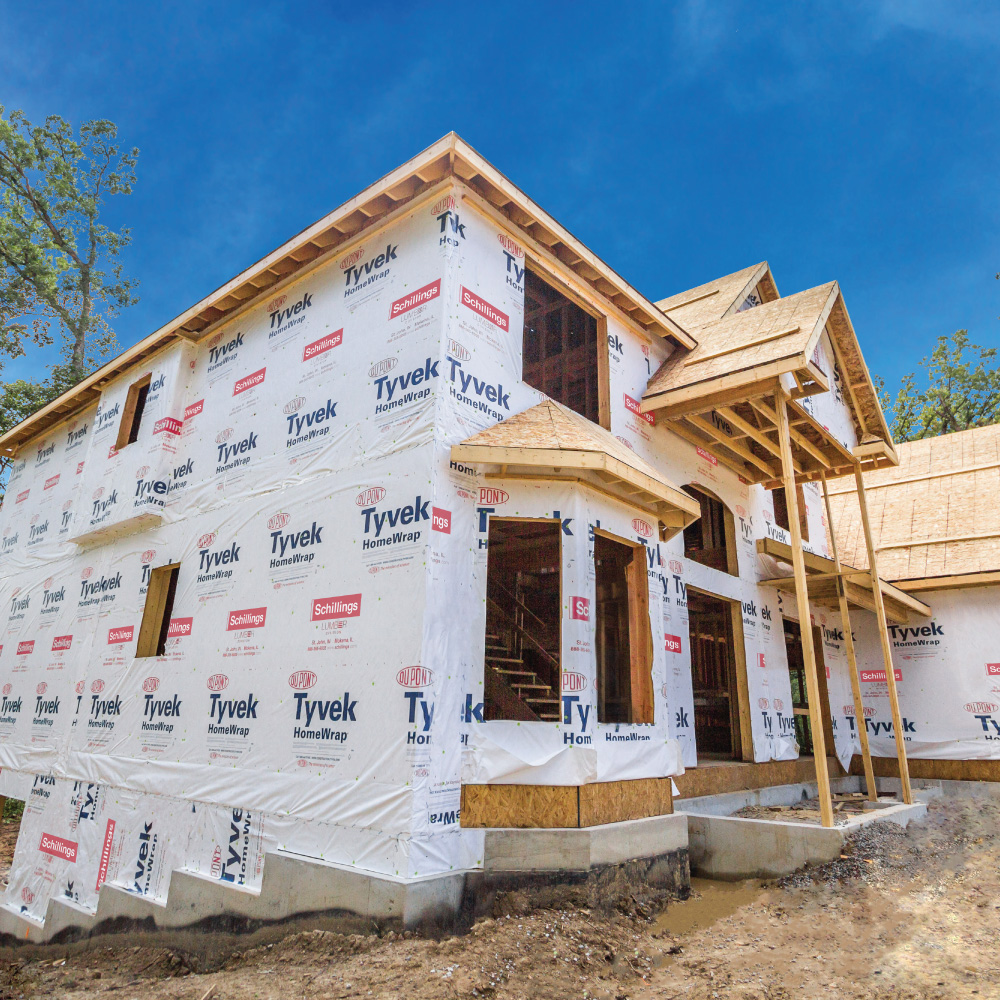
The clapboards are then fastened on top of the vapor barrier. But since the clapboards of this house were nailed to the walls as long as 186 years ago, the residual “vapor barrier” consists of a layer of crumbling brown kraft paper.
If we were talking about floors (which sometimes do still get an underlayment of kraft paper between the subfloor and the hardwood flooring material), this paper wouldn’t even begin qualify, never mind function as a working vapor barrier for exterior walls.
Devon will start by putting in a new vapor barrier on the outer wall of the mudroom and kitchen that face the street, and of the entire house facing out over the back yard. Given the number of windows and doors he will be moving and replacing in those walls, he will have to take off all the old clapboards, put on new vapor barrier, clean up the clapboards (which are still in good shape), and put them back on. (The other walls will have to wait until the interior renovation is done.)
Insulate the Envelope
Before embarking on this process, I had not realized the amount of energy routinely lost through every external surface of a house.
A second step involves insulating the inner surfaces of ceilings, walls, and floors. Doing so slows the transfer and loss of heat, containing cool air in hot weather, and conserving energy by reducing the overall amount you need.
The goal is to arrive at the right level of thermal resistance, or the “R-Value” (for “resistance value”)—the capacity of the insulation to resist heat transfer. The greater the R-value, the higher the insulating ability.
Climate Zones
Ideal R-values vary, depending not only on what you’re insulating but also on the region of the country you’re in. That means figuring out the specific parts of the house you need to insulate (like attic, walls, floors and crawl spaces), together with the most efficient insulation for each one. This combination takes you to the necessary mix for the part of the country where you live.
The right R-value in an attic will differ from the R-value for an exterior wall, and both will vary depending on whether you are in New Hampshire or Florida—that is, in which of the seven climate zones you live. The Lakes Region of New Hampshire is in Zone 6.
The coldest average winter temperature typical of a geographical area determines its Climate Zone. The zones translate into energy conservation requirements, set by the International Energy Conservation Code (IECC). New Hampshire, for example, specifies the minimum R-values required for flat or sloped ceilings, doors, windows, floors, and so on.
For our house, it’s going to mean a lot of insulation, since we’ll be putting it in on the first and second floors of both the house and the barn, in their respective attics, and in the basement of the house.
As a bystander, I have found it fascinating to watch how animated Devon and our contractor friend Larry get when discussing the different strategies for getting to a particular R-value in, say, an attic.
I’m pretty sure I sound like that when I talk about cooking techniques.
The Energy of Windows
Energy efficient—or energy saving—windows can play a big part in the heating and cooling of a house, reducing the need to rely as much on actual heating and cooling systems. That means less energy use, and lower energy bills.
In our house, Devon is removing all the old windows and doors, and rebuilding—reframing—all the openings, to install Energy-Star certified windows and steel doors. As he has worked on other parts of the renovation, we have salvaged most of the old studs and boards he has ripped out. The wood is still so solid and strong that we can reuse most of it.
My job has been to whack out all the nails from this repurposed lumber.
Energy-Star Certified Windows
We will install Energy-Star certified, double-glazed windows throughout the house and barn.
The seals of the window act as insulators. Gas fills the space between the two layers of glass—the most popular being argon—to increase the insulation, and act as a desiccant to absorb any moisture that might get through the seal. The two layers of glass also reduce the amount of noise that can come in from outside.
Energy Star’s criteria for Climate Zone 6 energy-efficient window call for them to be at or below a 0.27 U-factor (or to meet a 0.28 to 0.30 U-factor) with a minimum SHGC requirement of 0.40.
Do your eyes glaze over when you read numbers like that? Mine do!
U-Factors, SHGCs, Low-E Glass, and Other Ways to Work with the Sun
To clarify: The “U-factor” or “U-value” refers to the measure of how much non-solar heat gets lost through barriers like windows or doors. R-value refers, instead, to insulation in other parts of the building envelope like ceilings and walls.
A smaller U-Value is better at cutting heat transfer. In other words, the lower the U-factor, the more a window or door can resist heat flow and provide the insulation you want.
“SHGC”, or “solar heat gain coefficient”, refers to how much solar radiation gets through a window, door, or skylight—whether it shines through directly, or gets absorbed and then released as heat inside. A higher SHGC lets in more free solar heat during the winter.
The windows we will install have what the manufacturer calls “72/57 glass”. It has a high solar SHGC, which will let us take advantage of the sun’s natural light and passive solar heat during the winter.
Finally, the windows use “low-E”, or “low-emissivity” glass—a glass with a coating designed to deal specifically with the different kinds of rays emitted by the sun.
In order to understand coatings, it’s important to understand the solar energy spectrum or energy from the sun. Ultraviolet (UV) light, visible light and infrared (IR) light all occupy different parts of the solar spectrum – the differences between the three are determined by their wavelengths.
—Glass Education Center
Low-E glass has an extremely thin, transparent coating on both sides of the two layers of glass. That coating minimizes the infrared and ultraviolet waves that can get through, without affecting the overall entry of light. In the process, the coating also helps retain heat inside in cold weather, and block it from coming in from the outside when it’s hot out.
Energy-Efficient Shades and Drapes
Another way to use passive solar warmth is by further controlling how much of it a room holds onto or blocks out. Just as a high SHGC can be an advantage in the winter, it can present a problem during the summer, when you don’t want the sun to beat in and overheat your rooms.
A good way to manage both involves energy-efficient window shades and drapes.
For the first, we will use cellular—or honeycomb—shades, which have two layers of fabric.
They insulate windows and help save energy, because the cell shapes hold trapped air and create a barrier between the surface of the window and the room. When closed at night during the winter, they hold in the warmth; when closed by day during the summer, they let light filter in, but keep the sun’s rays from overheating the room.
We will also install thermal insulated blackout drapes, which will stop air from entering or escaping through a window. The drapes themselves will provide a back-up for the cellular shades in cold weather. The blackout feature will block out light and sound—important in our guest room, which will overlook Thompson Street and the two large streetlights that stand right outside. (We’ll just have to be sure the drapes don’t cover the air vents!)
Steel Doors
Why steel doors?
Steel provides the best long-term value in the door and frame industry. It lasts longer, requires the fewest repairs, and is sturdier than other products. Steel’s natural strength also outperforms other materials in security, fire rating, sound reduction, vandal resistance, sanitation, and more. Hollow metal will outperform wood, aluminum, and fiberglass in demanding environments…
A beneficial byproduct of the strength and durability of hollow metal is the low total cost of ownership. Properly installed and maintained hollow metal doors often last 30 years or longer…
Steel doors and frames even help the environment, as steel is the most recycled material in North America.
—Steel Door Institute
These doors are energy efficient because the inner and outer steel skins are thin, and do not touch each other. Instead, an insulating thermal break separates them, with a core of high R-value foam insulation.
We figure that plugging holes, insulating the house thoroughly, and installing energy-efficient windows with insulating shades and drapes, along with steel doors, should work synergistically to prevent the waste of energy and reduce the amount we have to use. The combined effect should help us bring a structure built in 1834 up to current standards for conserving energy.
2. Reduce Actual Energy Use with Energy-Conserving Appliances and Lighting
Besides preventing energy loss, the next challenge involved identifying ways to consume less energy.
Energy-Star Certified Appliances
Electricity and fossil fuels add carbon pollution to the atmosphere, contributing to most of the global warming of the past fifty years. We realized that choosing appliances that use less electricity will help reduce our share of carbon pollution. That means machines with Energy Star certification.
Because we have rented for the past twenty-five years, we do not own appliances, and will need to get new ones. More research!
What I know at this point is that the stove will be dual fuel, with a gas range and double electric convection ovens. Two smaller ovens instead of a single large one will allow for the use of less fuel at any given time. The stove hood, refrigerator, dishwasher, washing machine, dryer, and air purifier will also all be Energy Star certified.
The gas range, the dryer, and the water heater will use propane (this part of New Hampshire does not have access to natural gas).
Return to a Clothesline
To reduce the need to use the dryer, I have researched outdoor pulley clothesline designs. We plan to run a line from the laundry room out to a tree or pole in the back yard and use it as close to year-round as possible.
This Skyline Pulley is the kind of thing we have in mind.
Did I mention that, as renters, Devon and I never owned a lawnmower, a snowblower, or a grill? Now we have all three. Makes me feel positively grown up. Imagine what will happen after we have to get all these appliances! Maybe I’ll start feeling (or at least acting) my age!
Daylighting
I realize that, without ever being aware of it, I grew up not thinking about daylight as a primary light source. Just enter a room and flip a switch.
In part, that has to do with the places I’ve lived; it also has to do with years of conditioning.
Upon first walking into this house, I noticed all the windows the original builders had set into each wall. Light floods the house all the time, making it perfect for daylighting.
…the controlled admission of natural light, direct sunlight, and diffused-skylight into a building to reduce electric lighting and saving energy. By providing a direct link to the dynamic and perpetually evolving patterns of outdoor illumination, daylighting helps create a visually stimulating and productive environment for building occupants, while reducing as much as one-third of total building energy costs.
— Gregg D. Ander
The point is to maximize the natural light coming into the house, while minimizing glare and heat gain or loss. Having windows facing each other on much of the first floor will allow us to catch a lot of the light as the sun moves across the sky. The glass in the windows we have chosen, along with the honeycomb shades will let us adjust the entry of light not only at different times of day, but seasonally as well.
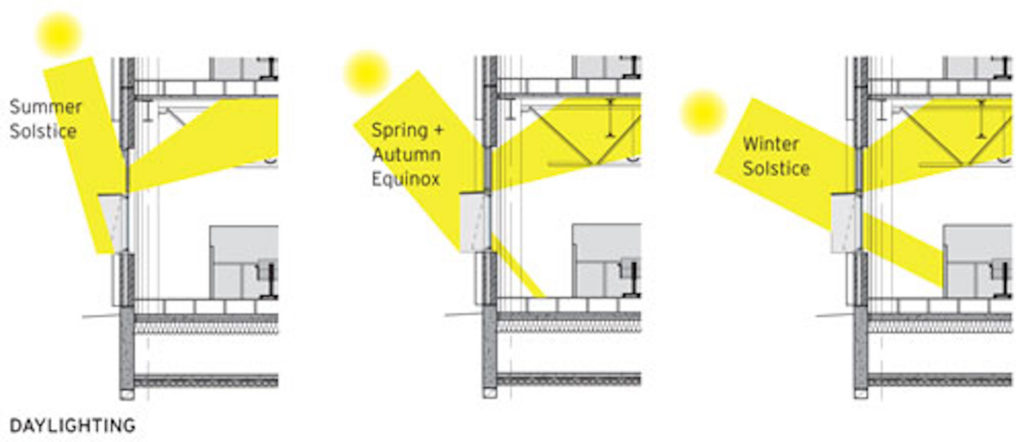
Courtesy of RNL Design.
We will use only energy efficient lamps—with LED (light-emitting diodes) bulbs—to reduce the actual energy we use for lighting by 50% to 70%. And if we prioritize daylighting wherever we can, then these other lights become supplemental rather than primary sources. Add dimmers and the odds of conserving energy get even better.
3. Conserve Water Use
Different townspeople tell me that beneath the land in this region sits one of the largest aquifers east of the Mississippi. But even now, the low snowpack and dry weather earlier in the year have pushed the territory in the southern part of New Hampshire into a drought. Every county in the state—including ours—is now experiencing some measure of water shortage.
“In some parts of the state we are 7 inches of rain behind where we would be on an average year,” says Thomas O’Donovan, director of the [New Hampshire Department of Environmental Services] Water Division. “And in most of the state we’re about 3 and a half to 4 inches behind.”
— Alex Mcowen (2020)
Given the torrential rains we have experienced off and on throughout this spring and summer, the idea that we are in a moderate drought comes as a surprise, but I do not doubt it.
So, there is the drought-related aspect of conserving water. But how does it play a part in energy conservation?
Heating water for showers, and for washing dishes or clothes, uses electricity or fossil fuel. In this area, that means propane. To pump and treat that water also takes energy, which the town’s Water Department manages.
One way to address the problem is through energy-efficient appliances, which heat and use less water. Check.
Tankless Water Heaters
Our plumber, Ray Defosses, Jr., who has been an exceptional advisor in helping us think through our plumbing and water management (more on that in another post), put in a Rinnai tankless gas water heater for us. Instead of storing heated water in a tank—requiring the steady use of energy to maintain a consistent temperature—it heats water on demand at a preset temperature whenever you open a hot water tap. It does not use a pilot light. Instead, electricity ignites a gas burner when you open the tap, and goes out as soon as you shut off the hot water faucet.
We will also install high-efficiency, low-flow toilets and showers.
Later on, we will set up a rain harvesting system to collect rainwater from the roofs for irrigation, and to feed into the small dragonfly pool we will install to help with mosquito control. We also hope to restore an old well on the land, to help with irrigating a future garden and providing water for our future chickens. Before doing so, however, we will have to assess the impact on the groundwater and the river.
All stories for later!
4. Install Energy-Efficient Heating, Cooling, and Power Systems
Not only did I notice all the windows when we entered the house; I stifled an OMG panic reaction at how much it would cost to heat and cool the whole place, especially with fossil fuels. (There is still a diesel oil tank in the basement all ready to go. We will be selling it.)
Besides not wanting to contribute to the damage caused by the extraction and use of these fuels, we also don’t want to be subject to their price swings and fluctuating availability—which led to more research into the alternatives.
Geothermal Wells & Pumps
I had not heard of geothermal wells before, but came across them while exploring our options for heating and cooling. As the Office of Energy Efficiency & Renewable Energy explains it, “Geothermal heat pumps are used for space heating and cooling, as well as water heating. The benefit of ground source heat pumps is they concentrate naturally existing heat, rather than by producing heat through the combustion of fossil fuels.”
We opted for a Water-to-Air Geothermal Closed Loop/HVAC System of Wells and Pumps (that would be the one in the lower left-hand corner of the diagram).
So how does it all work?
The whole idea made sense to us. Even though the installation would involve a significant up-front investment in having the wells dug and the pumps and air ducts put in, the long-term results seemed well worth it—getting off fossil fuel (except for what would be involved in generating electricity for the pumps), and relying instead on the earth’s own natural heating and cooling properties.
Drilling the Wells
In April, a crew came in from Gap Mountain Drilling. They dug the deep holes for the vertical wells, capping them off with temporary plugs at the top.
This is what we saw when we came up in April.
We heard later that one of our neighbors worried these rather unsightly caps might be permanent. We reassured her they were only part of an early phase.
See all the grey mud? That’s the slurry of water and the rock dust the crew had to drill through to create the wells. It’s the consistency of Silly Putty®, sticks to everything, and takes days to dry out. As you can also see, steel pipe enclosed and supported the tops of the plastic pipes that run down to the bottom of the wells. These plastic pipes will eventually contain and circulate the water and antifreeze solution through a closed loop.
In May, the crew came back to cut the steel pipe off below ground, and add long plastic pipes to link the wells and run into the house.
Here is where they had to turn a corner to go through the foundation of the house. Remember the foundation? Massive fieldstones?
The crew had hoped to drill through from the outside, but the combination of the stones and the cement lining on the inside was too thick. Some of the crew had to come back with a different drill, to penetrate the layers.
Here are pieces of the cores they extracted while drilling the two holes. These pieces each measure some four inches in diameter.
This is what we ended up with.
These pipes await the installation of the two geothermal heat pumps. The pumps, in turn, will connect to air ducts throughout the three floors of the house and the main two floors of the barn.
The first pump will service the three heating and cooling zones for the main house; the other will heat and cool the two zones in the barn. Each of the five zones will have its own smart programmable thermostat, so we can reduce energy consumption in the zones not in use at a given time.
Two Chimneys and Three Wood Stoves
Finally, we had expected to use generators as a backup during power outages. To our surprise, our geothermal installer told us this would be a bad idea with the geothermal pumps. The intermittent on-and-off-again nature of generators can wreak havoc with the geothermal computer system, potentially damaging it. “It would be better,” he said, “to use something like wood stoves as a backup for heat.”
So, we figured we could attach one small wood stove to the chimney in the living-dining room area, another to the same chimney coming up through the master bedroom, and a third out in the barn.
But the work on the chimneys is its own story, so we’ll come back to that in another post.
Suffice to say that we will burn wood from the land to fuel the stoves. By using sustainable forest practices, we will harvest and dry wood from fallen branches and from trees on our land that need to come down for the health of the woods.
To circulate the warmed and cooled air, we will install lights with ceiling fans in all the rooms.
The Net-Zero Plan
We started out with the assumption that after a year or so, we could take stock of our average electricity consumption, and then install solar panels to offset that use. We still may do so.
Since then, however, we have learned about two alternatives.
Once we determine our average electricity consumption, we will assess whether to contract with a local solar farm, continue to use the town’s municipal electric company, or install our own solar panels.
We’ll figure it out, but not today.

RESOURCES
Climate Change & Housing
Keck, Catie. 2018. Government Climate Report Lays Out How Screwed We Are If We Don’t Act Now. https://earther.gizmodo.com/government-climate-report-lays-out-how-screwed-we-are-i-1830624858
For the actual report, see U.S. Global Change Research Program. 2018 (updated in 2020). Fourth National Climate Assessment, Vol. II: Impacts, Risks, and Adaptation in the United States. https://nca2018.globalchange.gov/
Energy Efficient Houses
Robin Umbarger. 2020. It All Adds Up: The Affordable Components of a Net-Zero House. https://attainablehome.com/it-all-adds-up-the-affordable-components-of-a-net-zero-house/
Mike Holmes. 2018. What Are Net Zero Homes, and Why Are They the Future? Mike Holmes Breaks it Down. https://www.hgtv.ca/green-living/blog/net-zero-homes-mike-holmes-1916127/
Halvorson-Fried, Caleb. Ten Ways to Turn Your House into an Energy Efficient Home. https://www.smartenergy.com/ten-ways-to-turn-your-house-into-an-energy-efficient-home/
10 Ways You Can Make Your Home More Energy Efficient. https://www.homeinspectionmontreal.com/10-ways-can-make-home-energy-efficient/
Jamison, Dawn. 2016. 16 Ways to Make Your Home More Energy-Efficient – ZING Blog by Quicken Loans | ZING Blog by Quicken Loans. https://www.quickenloans.com/blog/16-ways-to-make-your-home-more-energy-efficient
100 Ways to Save Energy. https://www.homeselfe.com/100-ways-to-save-energy/
Filling Holes
Rodriguez, Juan. 2019. How to Install Soffits. https://www.thebalancesmb.com/how-to-install-soffit-844959
Insulation
To get an idea of all the places you need to insulate, see Energy.gov. Where to Insulate in a Home. https://www.energy.gov/energysaver/weatherize/insulation/where-insulate-home
Centre for Sustainable Energy. 2010. Insulate, Insulate, Insulate. http://www.everybodys-talking.org/take-action-save-money/insulate-insulate-insulate
Crank, Josh. 2018. How Does Insulation Conserve Energy & How Much Do I Need? https://blog.directenergy.com/conserve-energy-with-insulation/
Berry, Nancy E. 2019. 7 Insulation Tips to Save Money & Energy. https://www.oldhouseonline.com/repairs-and-how-to/7-insulation-tips
For a good explanation of insulation and R-values, see Energy.gov. Insulation. https://www.energy.gov/energysaver/weatherize/insulation
Energy Star. Recommended Home Insulation R–Values. https://www.energystar.gov/campaign/seal_insulate/identify_problems_you_want_fix/diy_checks_inspections/insulation_r_values
Home Depot. Insulation R-Value Chart. https://www.homedepot.com/c/ab/insulation-r-value-chart/9ba683603be9fa5395fab9091a9131f
Energy.gov. 2020. Types of Insulation. https://www.energy.gov/energysaver/weatherize/insulation/types-insulation
New Hampshire Residential Energy Code. https://www.energycodes.gov/adoption/states/new-hampshire
Climate Zones
Baechler, Michael, and Theresa L. Gilbride, Pam C. Cole, Marye G. Hefty, and Kathi Ruiz. 2015. High Performance Home Technologies: Vol. 7.3. Guide to Determining Climate Regions by County. www.energy.gov › ba_climate_region_guide_7.3.pdf
Energy Efficient Windows and Doors and Ways to Enhance Their Effectiveness
Efficient Windows Collaborative. 2016. Selecting Energy Efficient New Windows in Maine. https://www.efficientwindows.org/factsheets/Maine.pdf
Ascough, Keith. 2018. Do Double Glazed Windows Reduce Heat Loss? https://www.radwindows.co.uk/do-double-glazed-windows-reduce-heat-loss/
Efficient Windows Collaborative. 2020. Measuring Performance: U-Factor. https://www.efficientwindows.org/ufactor.php
Open Enclosure. 2020. Glass Thermal Energy Efficiency. https://www.openenclosure.com.au/glass-energy-efficiency-u-values-and-shgc-explained/
Team Glazcon. 2018. What is Low-E Glass? https://www.glazcon.com/what-is-low-e-glass/
Stanek Windows. 2017. What is Low-E Glass & Does it Make Windows Energy Efficient? https://www.stanekwindows.com/what-is-low-e-glass-and-does-it-make-windows-more-energy-efficient.aspx
Glass Education Center. 2018. What’s the Difference Between U-Value and R-Value? http://glassed.vitroglazings.com/topics/the-difference-between-r-value-and-u-value
Glass Education Center. 2018. How Low-e Glass Works. http://glassed.vitroglazings.com/topics/how-low-e-glass-works
Matto. 2016. Cellular Shades Vs. Pleated Shades, What’s the Best Treatment for Me? https://cellularwindowshades.com/blog/cellular-shades-vs-pleated-shades-whats-the-best-treatment-for-me/
Steel Door Institute. 2020. Why Steel? Performance Study of Steel Doors vs. Wood, Aluminum, and FRP. https://steeldoor.org/whysteel/
Ander, Gregg D. 2016. Daylighting. https://www.wbdg.org/resources/daylighting
Lighting Analysts, Inc. 2018. What is Daylighting? https://docs.agi32.com/AGi32/Content/daylighting/Daylighting_Overview.htm
Water Conservation
Linton, Isaac. 2014. Seven Ways to Conserve Water. http://blog.watertech.com/ways-to-conserve-water/
McMahon, James E., Camilla Dunham Whitehead, Peter Biermayer. 2006. Saving Water Saves Energy. https://escholarship.org/uc/item/2b52755p
Moore, Richard Bridge. 2016 (Last modified). Quality of Water in the Fractured-Bedrock Aquifer of New Hampshire. https://pubs.usgs.gov/sir/2004/5093/
New Hampshire Department of Environmental Services. 2008. Groundwater. In New Hampshire Water Resources Primer. https://www.des.nh.gov/organization/divisions/water/dwgb/wrpp/documents/water_resources_primer.pdf
Mcowen, Alex. 2020. Southern New Hampshire Now Officially in a Drought. https://www.nhpr.org/post/southern-new-hampshire-now-officially-drought#stream/0
Abel, David. 2020. With record temperatures and little rain, a severe drought has gripped much of New England. Boston Globe, September 25. https://www.bostonglobe.com/2020/09/25/metro/with-record-temperatures-little-rain-severe-drought-has-gripped-much-new-england/?s_campaign=breakingnews:newsletter
Rippey, Brad. United States Drought Monitor—Northeast. https://droughtmonitor.unl.edu/CurrentMap/StateDroughtMonitor.aspx?Northeast
Geothermal Systems
Office of Energy & Renewable Energy. 2020. Geothermal Heat Pumps. https://www.energy.gov/eere/geothermal/geothermal-heat-pumps
Egg, Jay. 2013. 10 Myths About Geothermal Heating and Cooling. National Geographic. https://www.nationalgeographic.com/environment/great-energy-challenge/2013/10-myths-about-geothermal-heating-and-cooling/
Steven. 2020. Open Loop Vs. Closed Loop Geothermal. Ingrams Water & Air Equipment, LLC. https://iwae.com/resources/articles/open-loop-vs-closed-loop-geothermal.html
Sustainable Forestry and Woods Management
Conservation Land Stewardship. Sustainable Forestry. https://www.nh.gov/osi/planning/programs/clsp/documents/sustainable-forestry.pdf
SFI Implementation Committee. The New Hampshire Sustainable Forestry Initiative. http://www.nhsfi.org/
Gagnon, Jennifer L. 2015. Sustainable Forestry: A Guide for Virginia Forest Landowners. https://vtechworks.lib.vt.edu/bitstream/handle/10919/75326/420-139.pdf?sequence=1&isAllowed=y

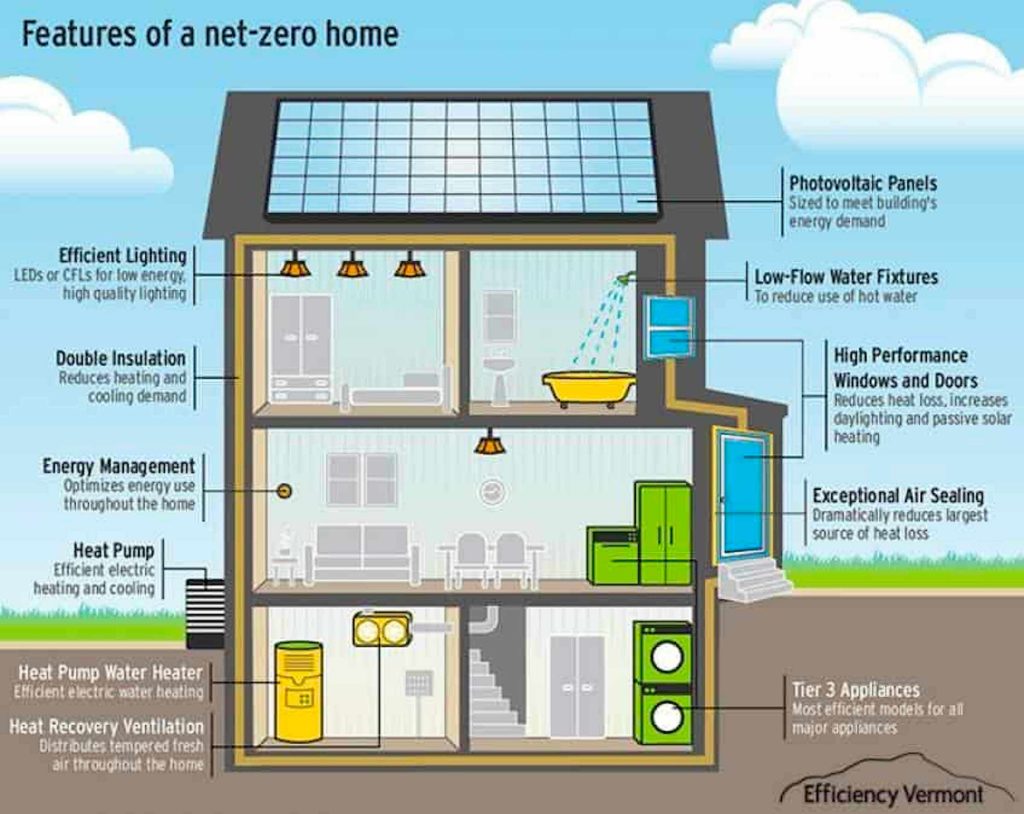
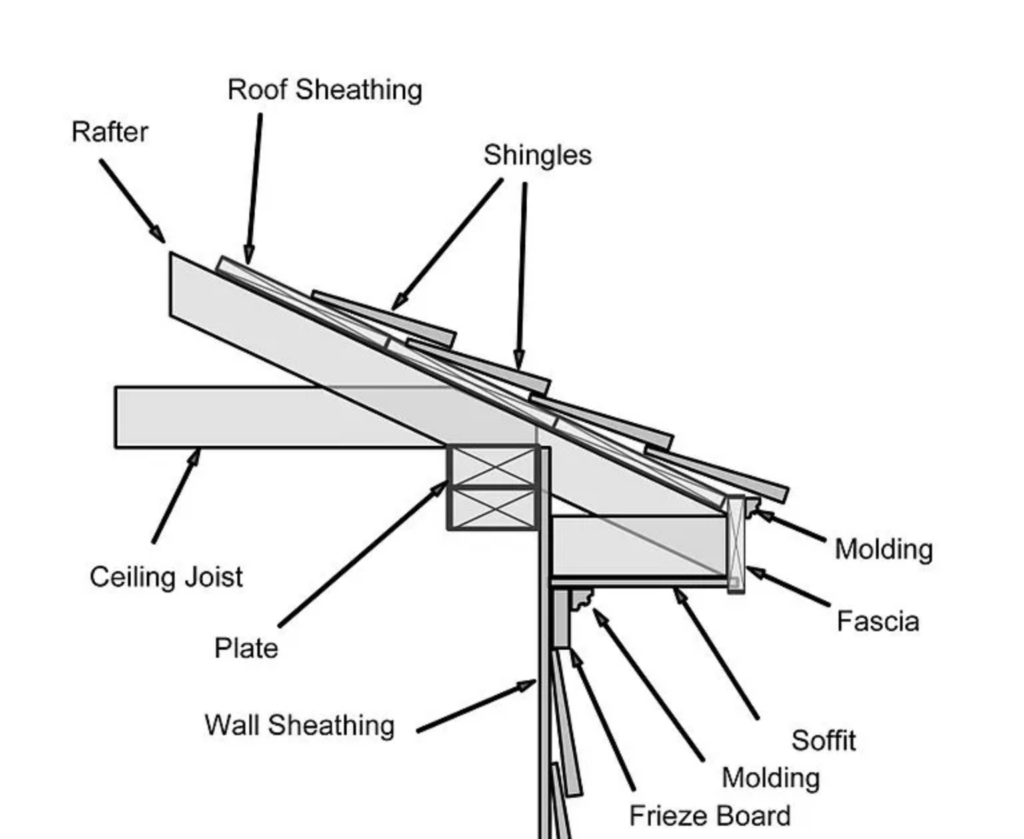

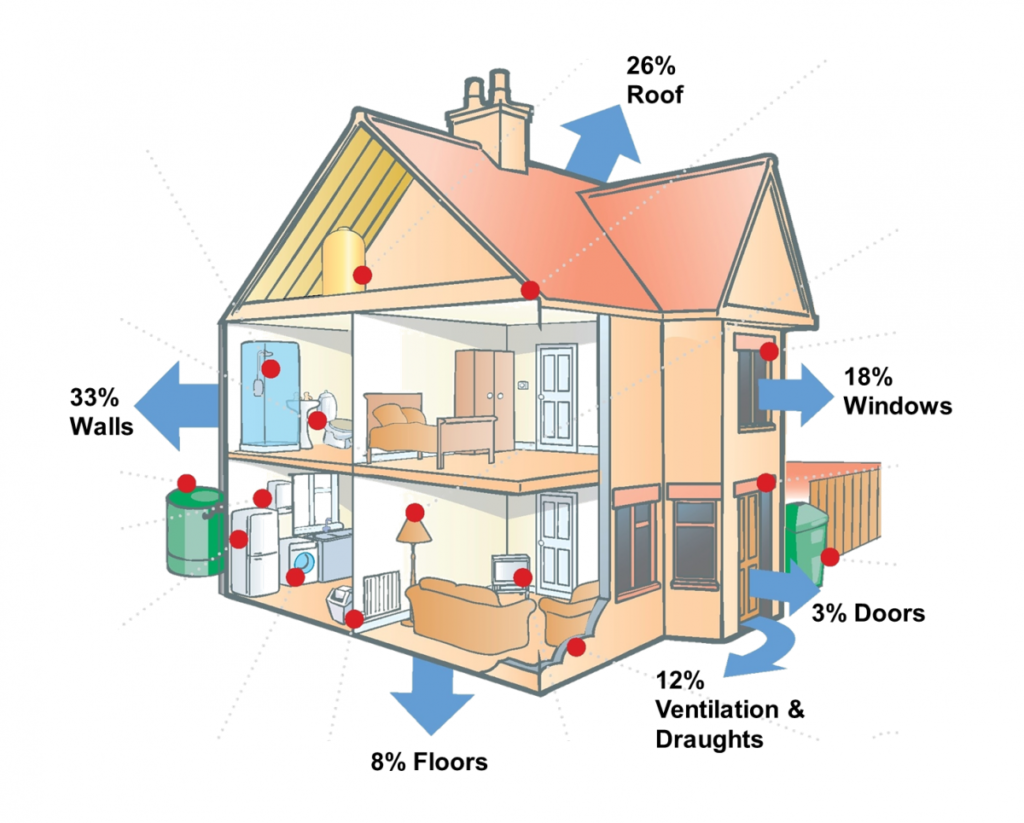
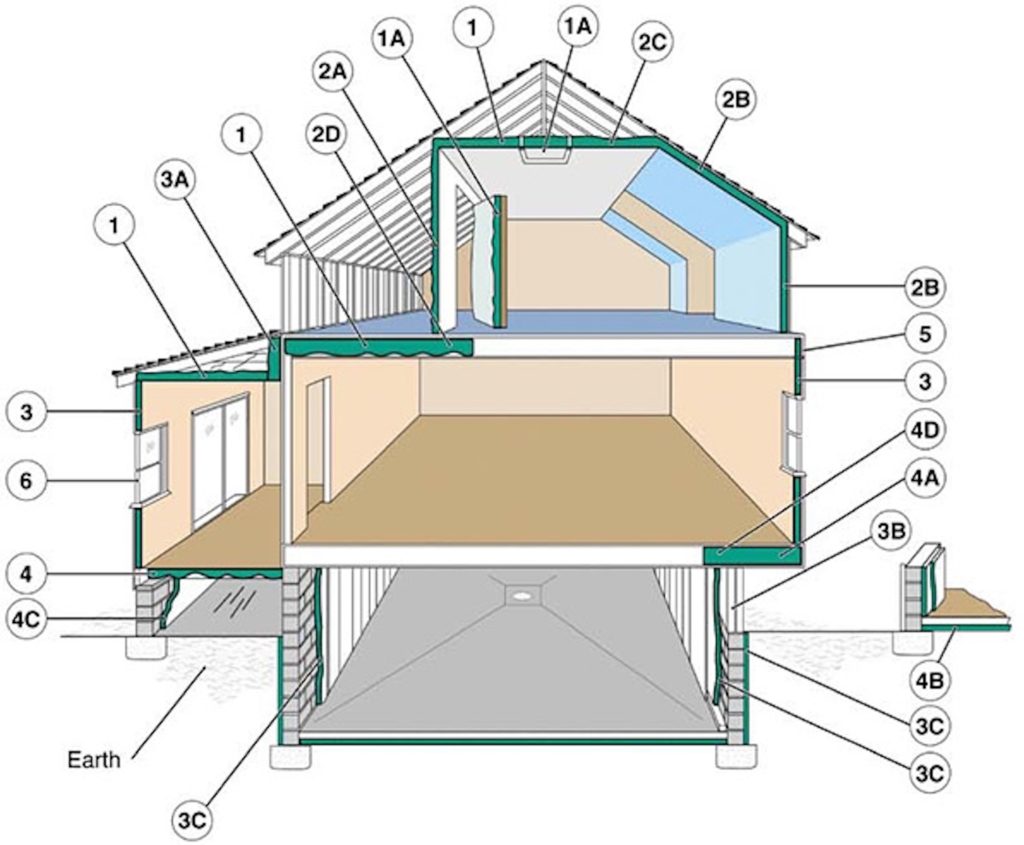
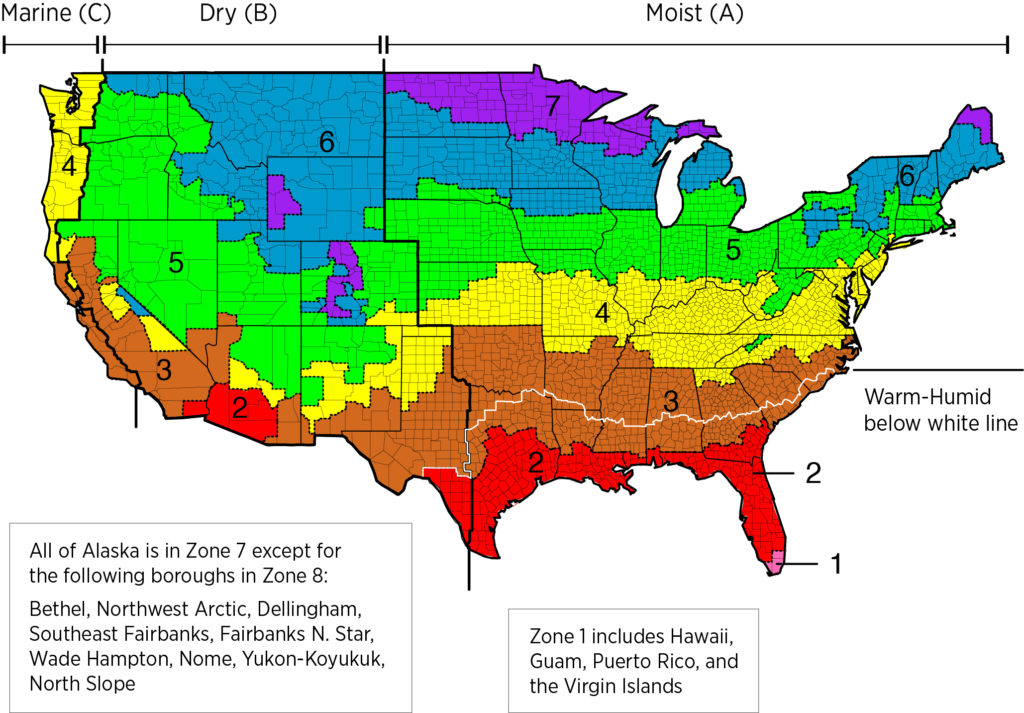
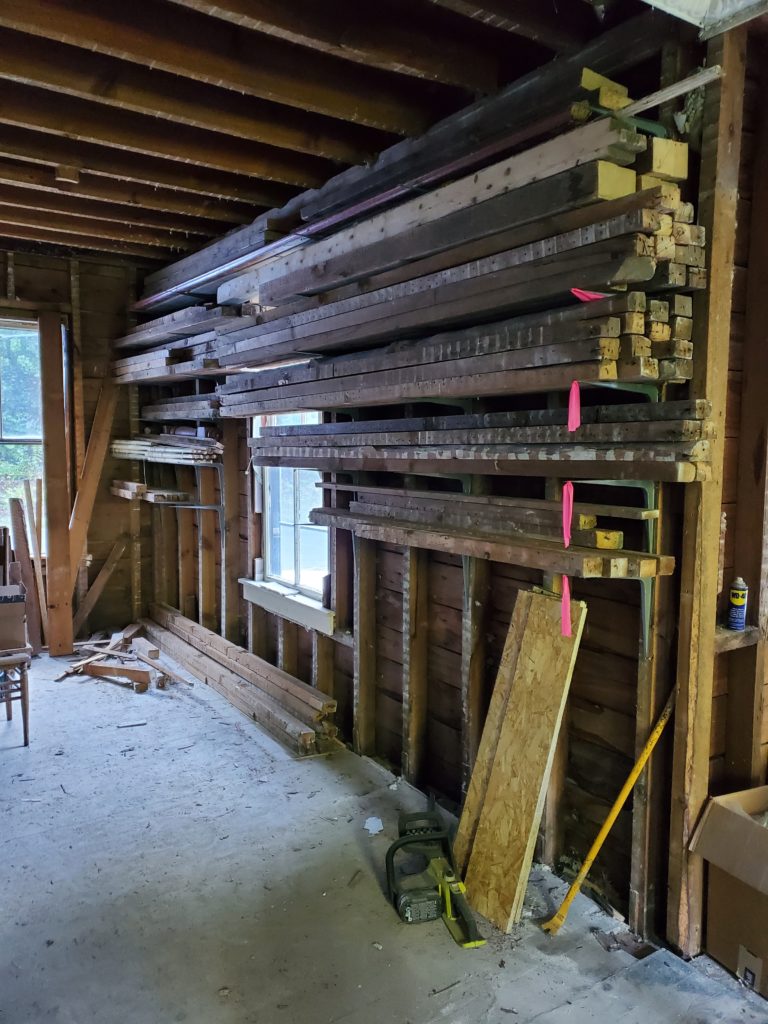
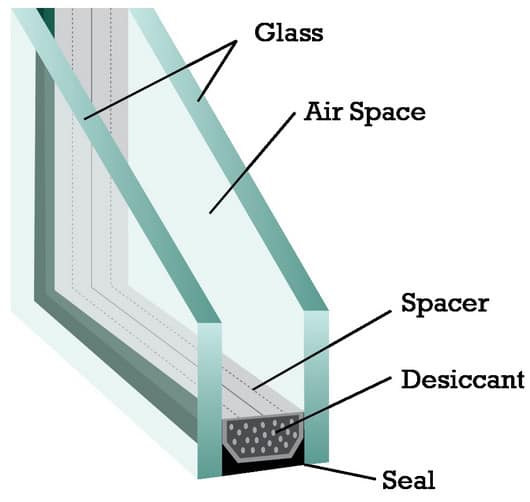
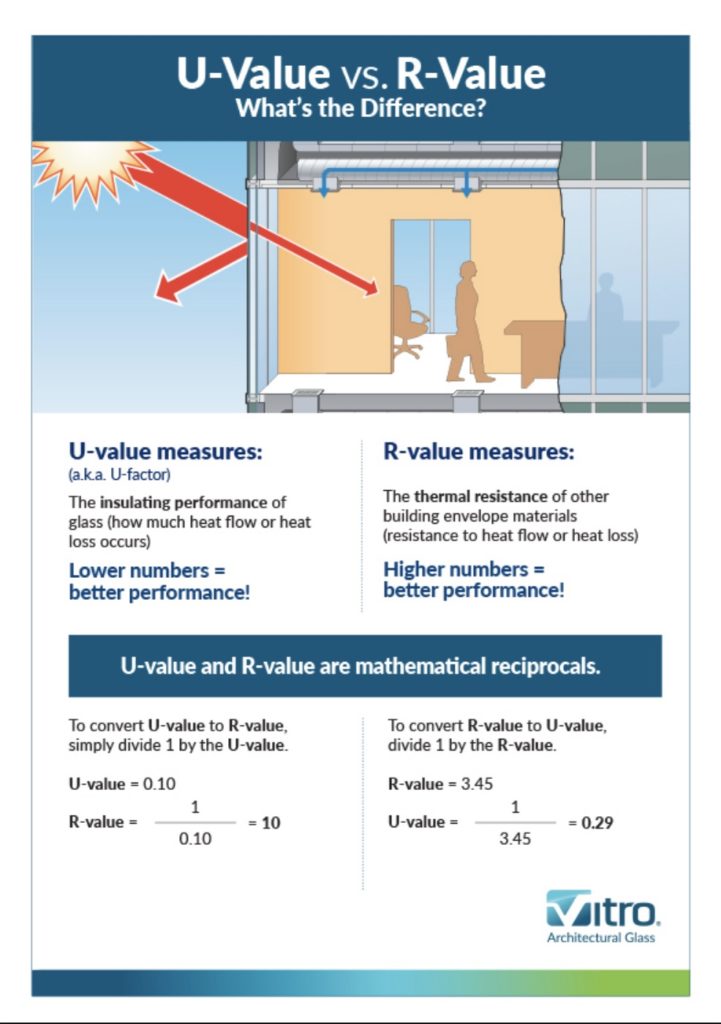
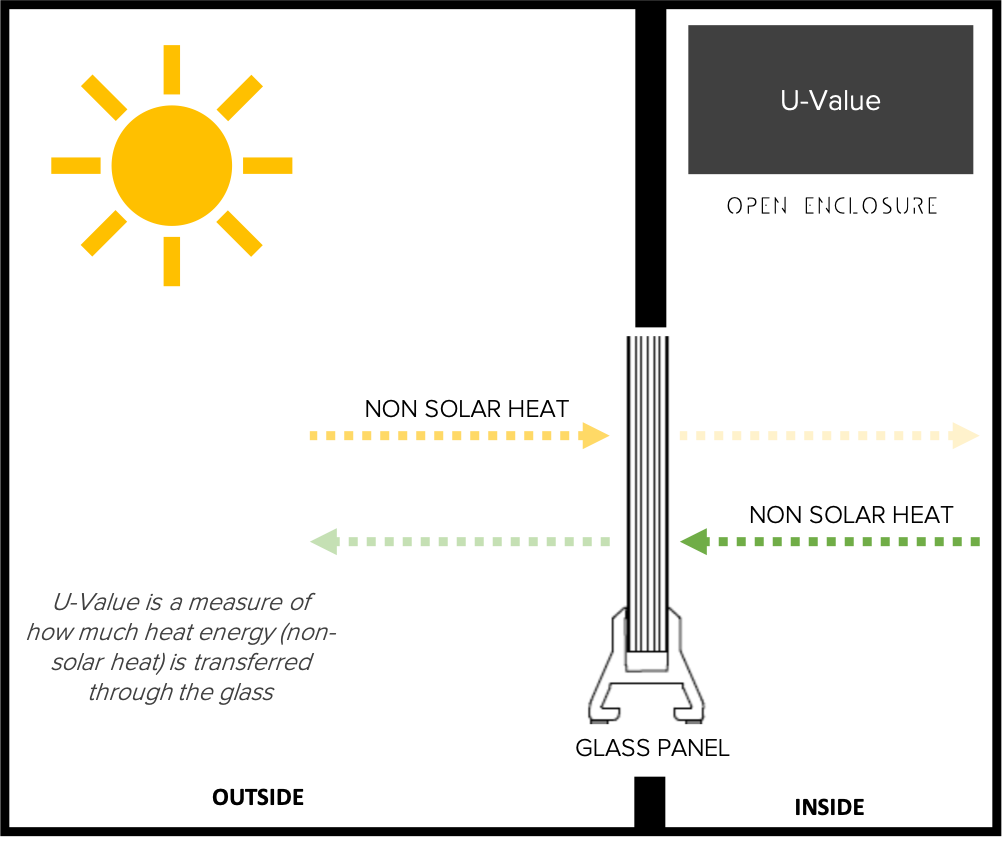
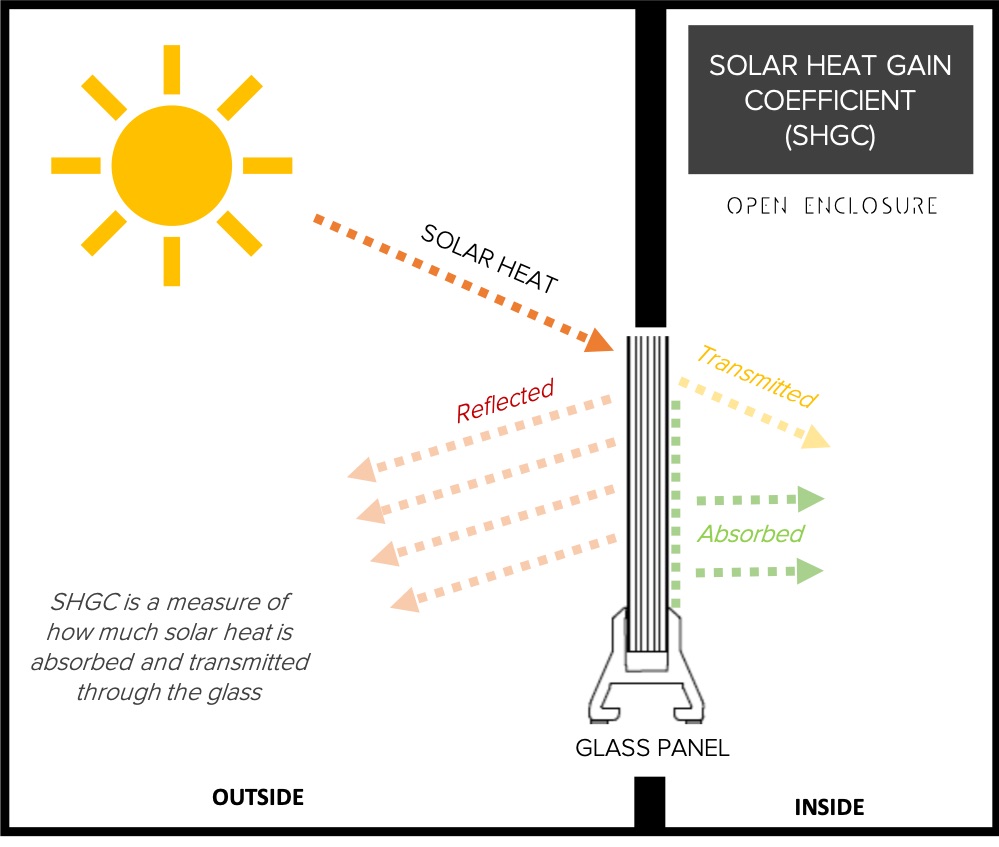
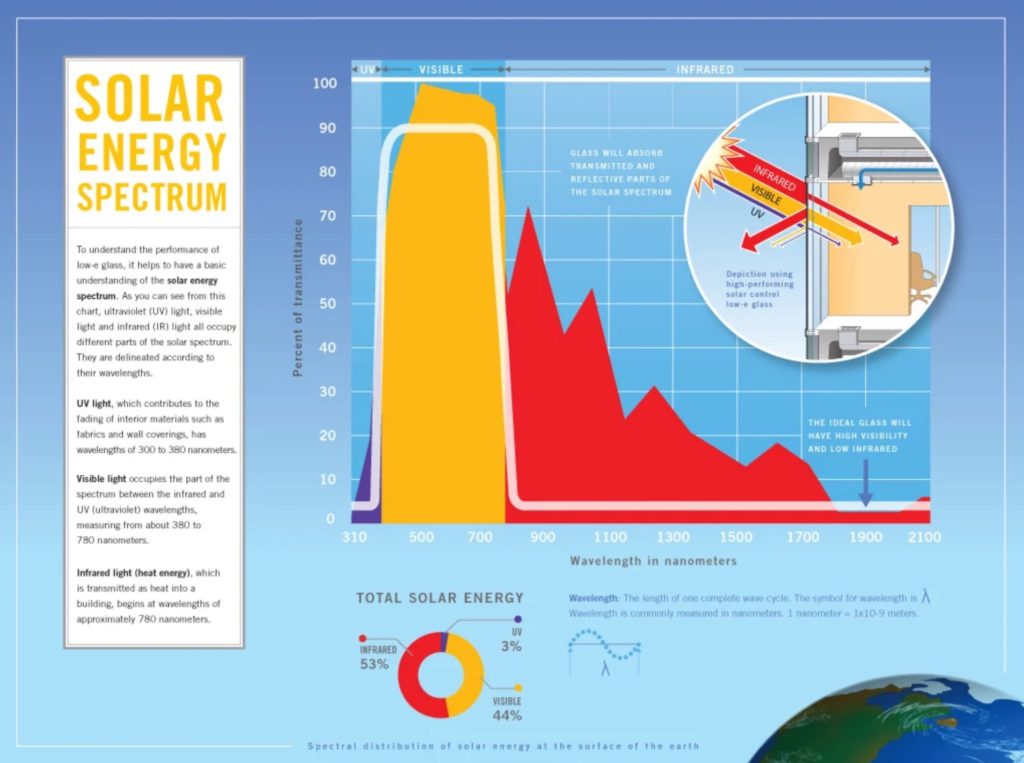
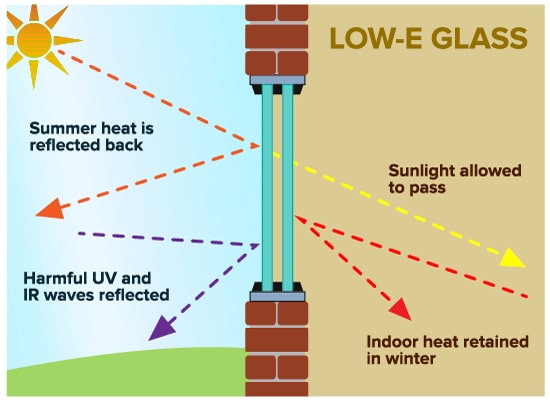
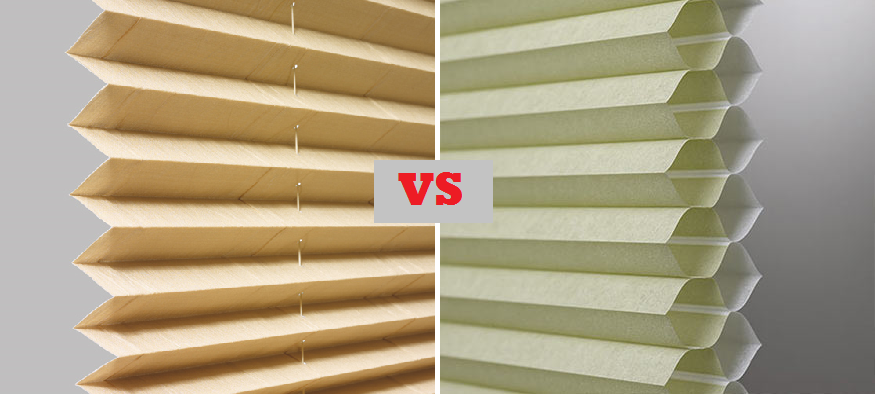
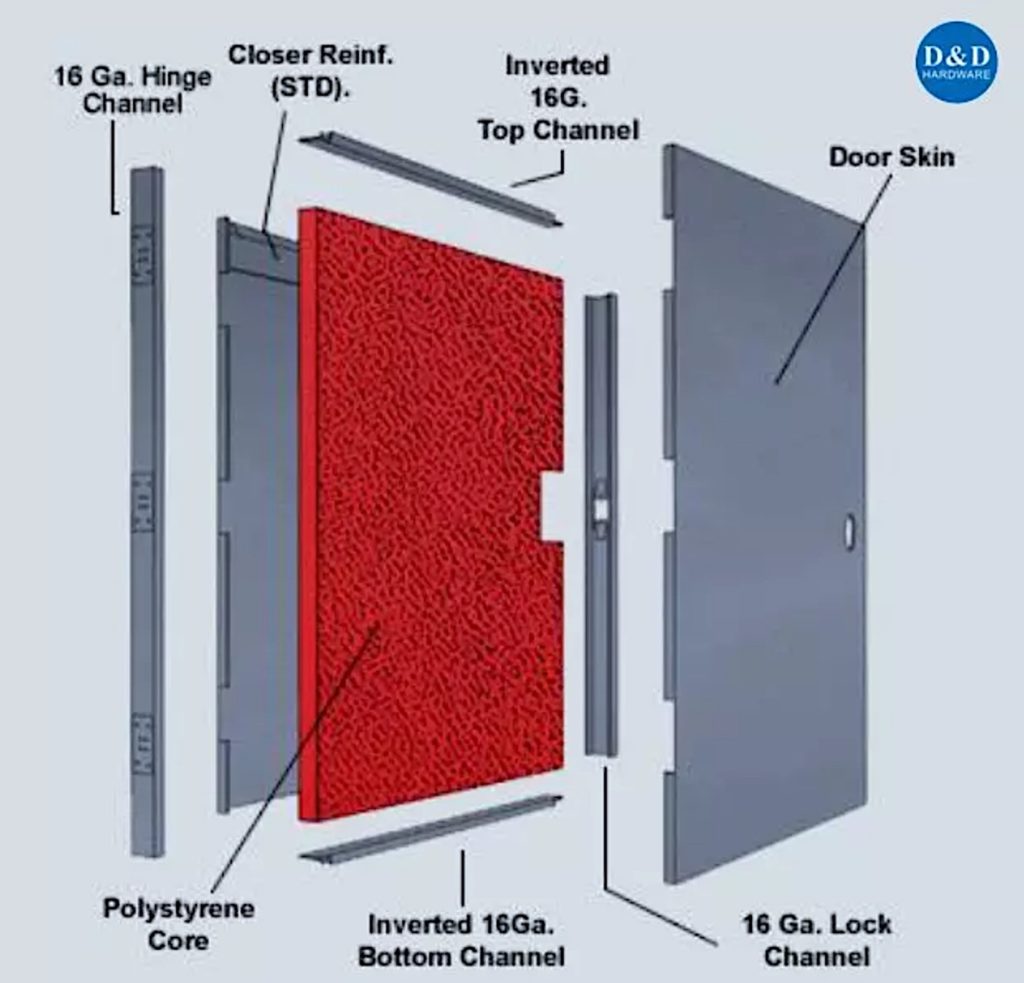
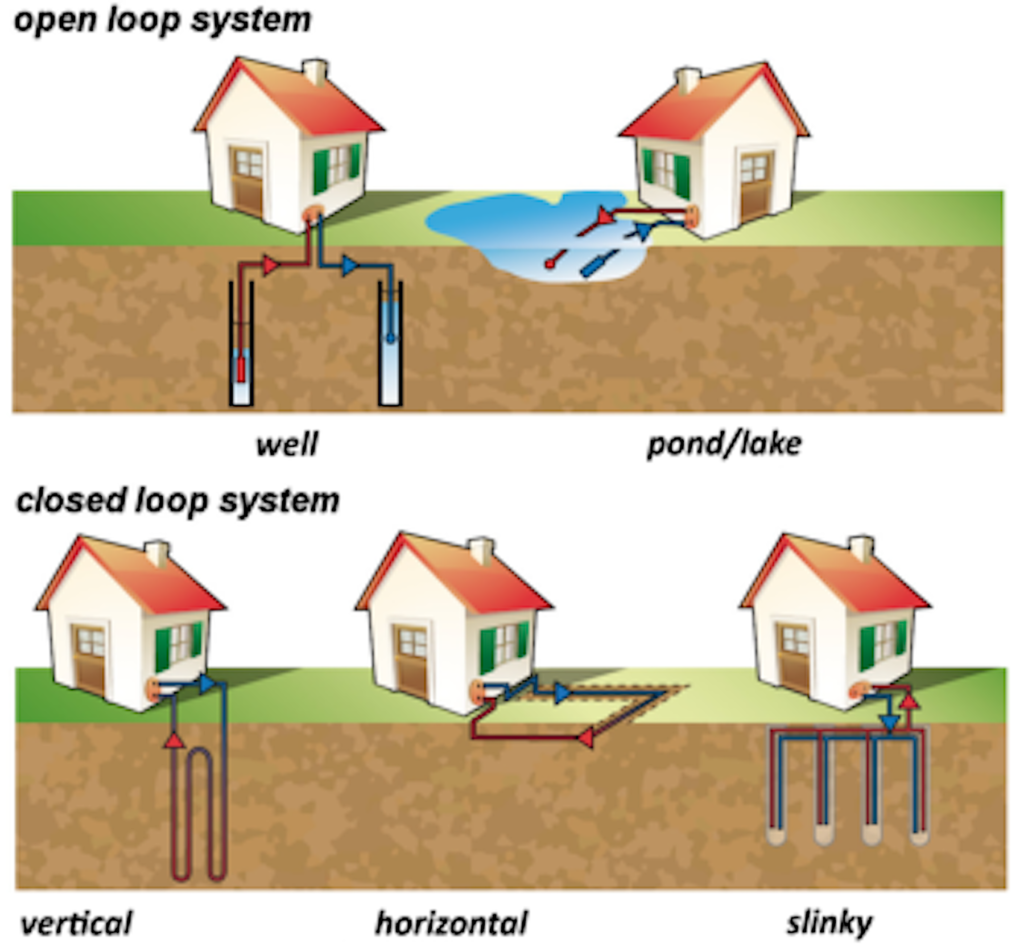
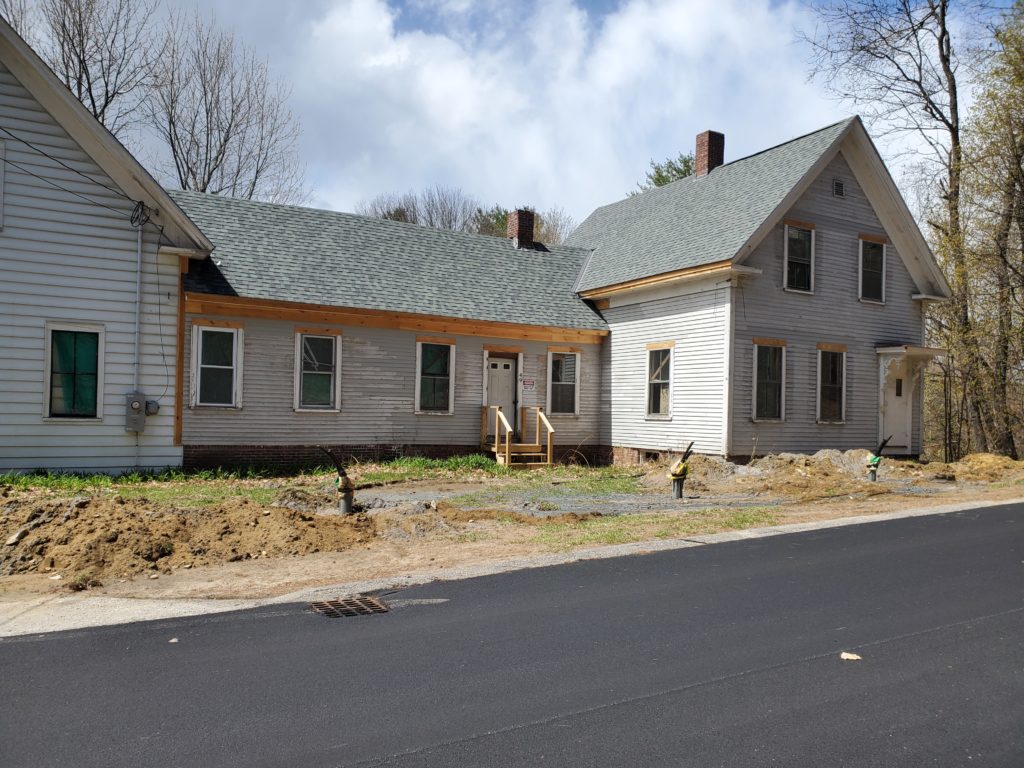
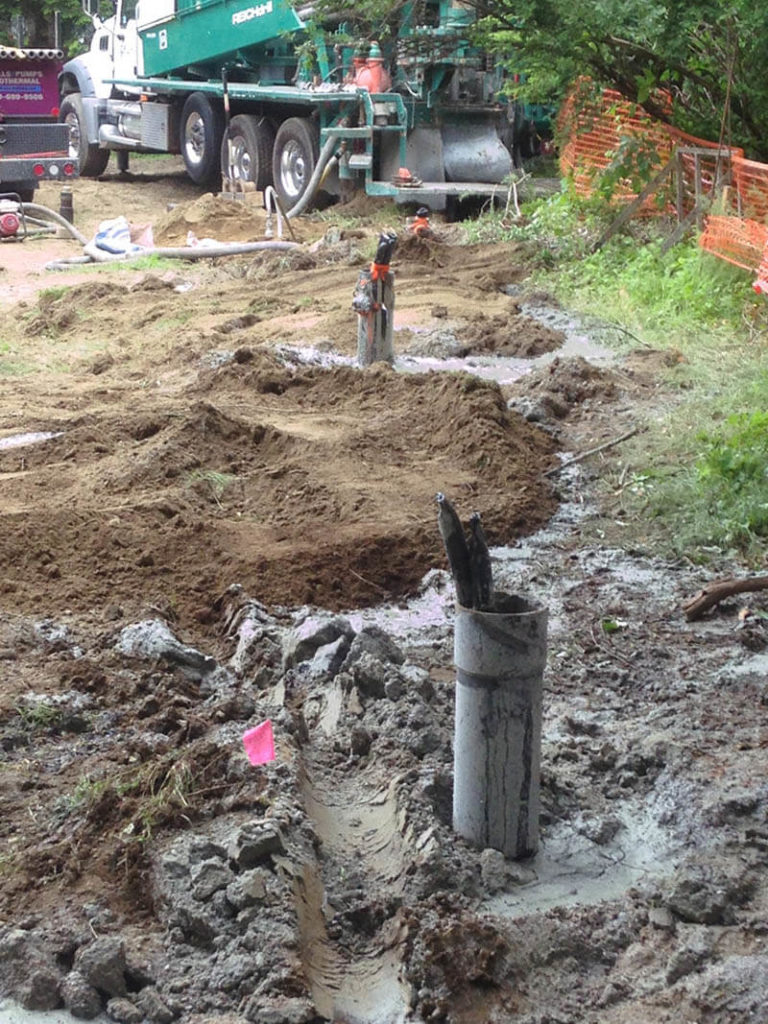
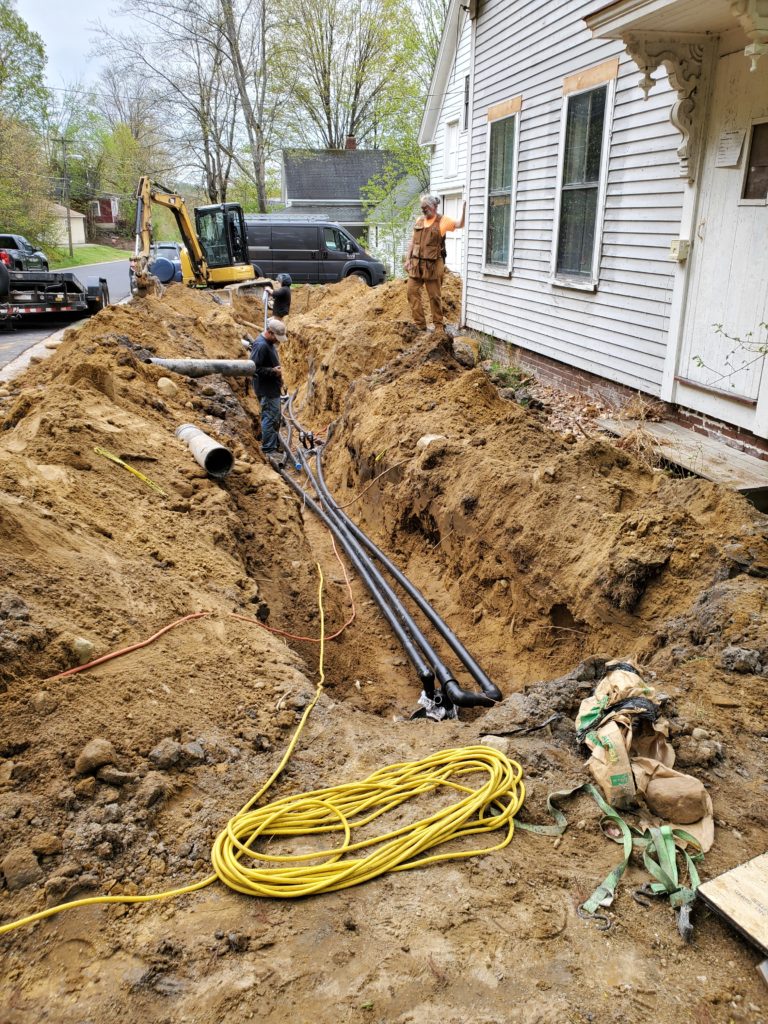
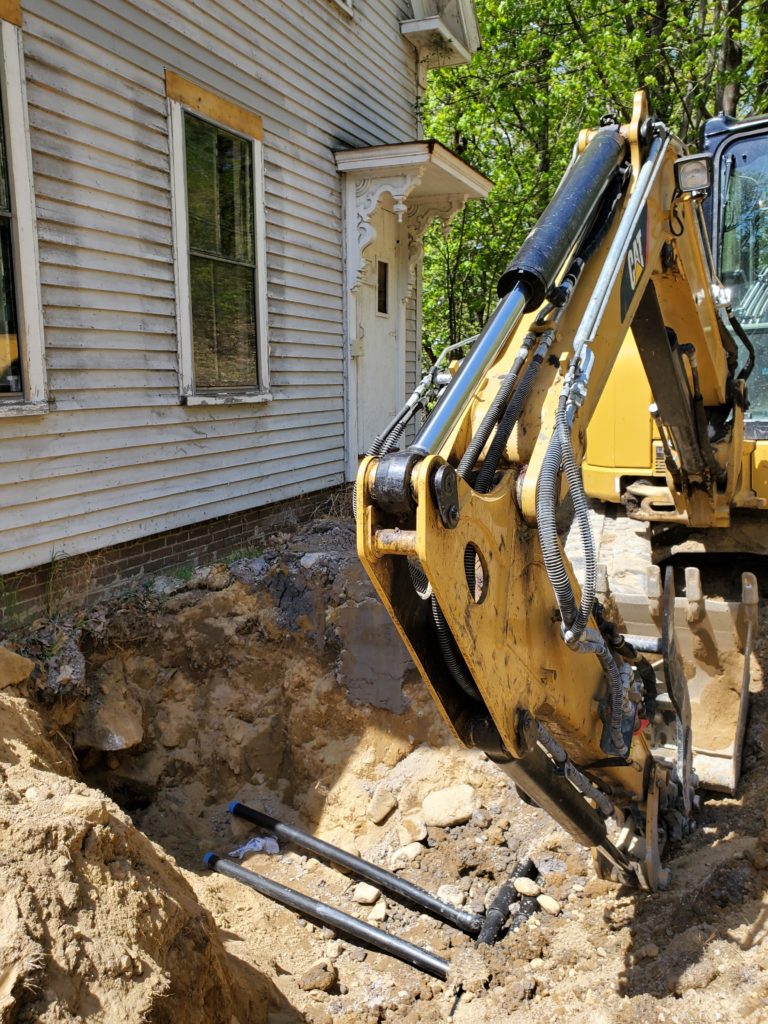
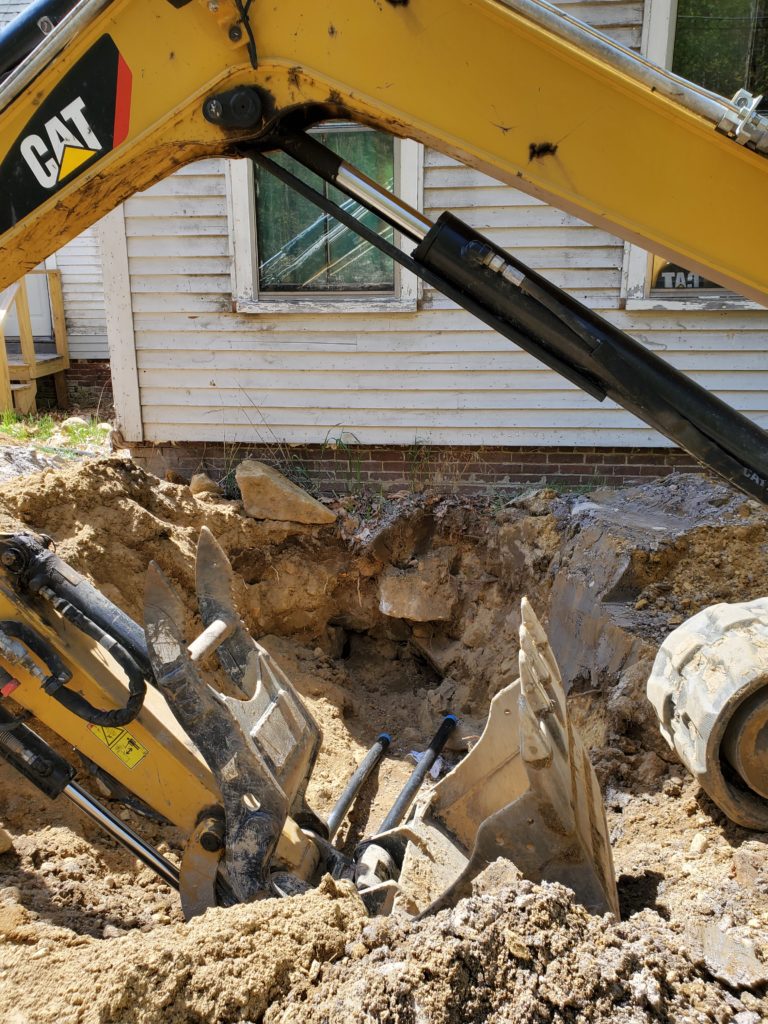
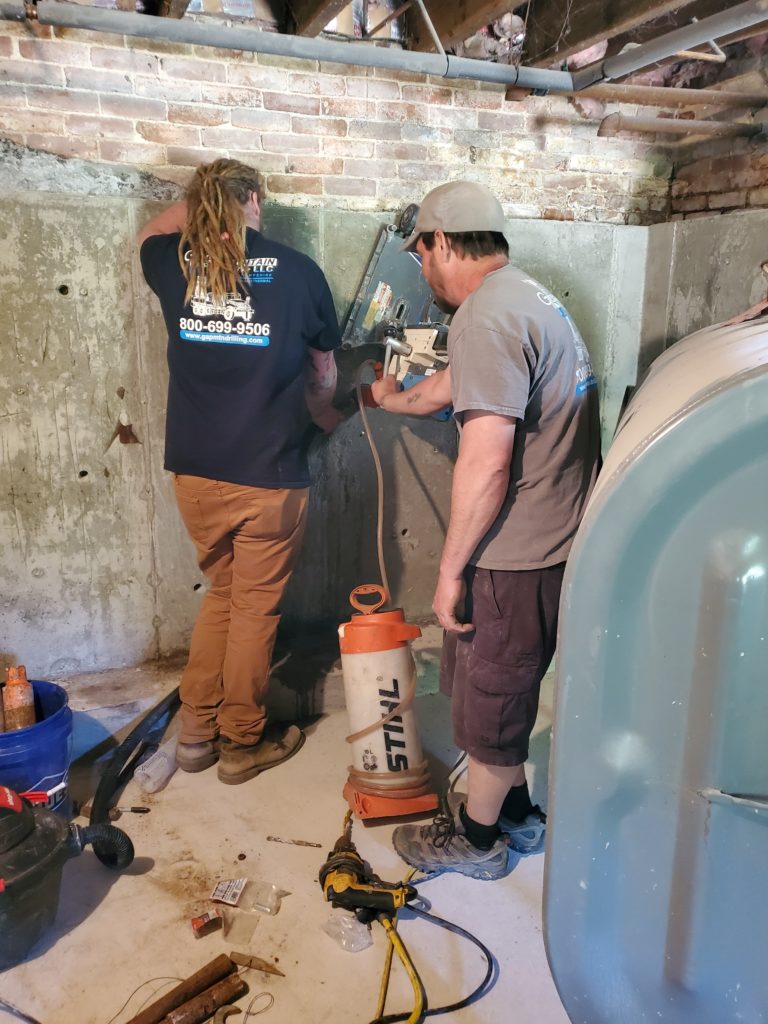
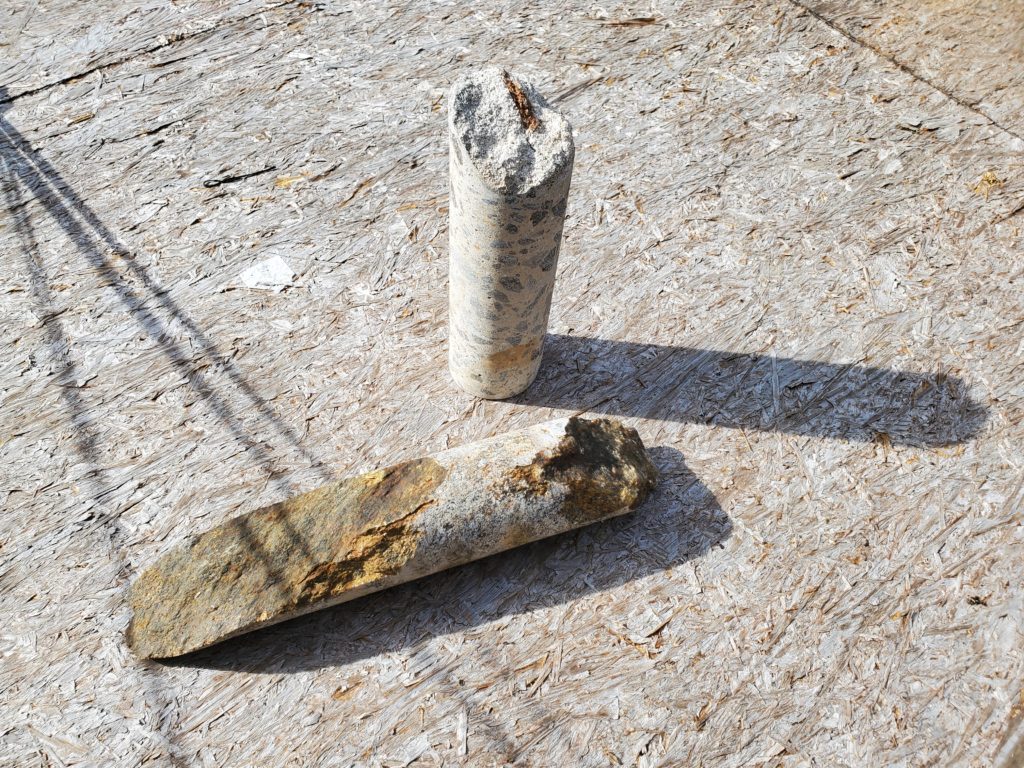
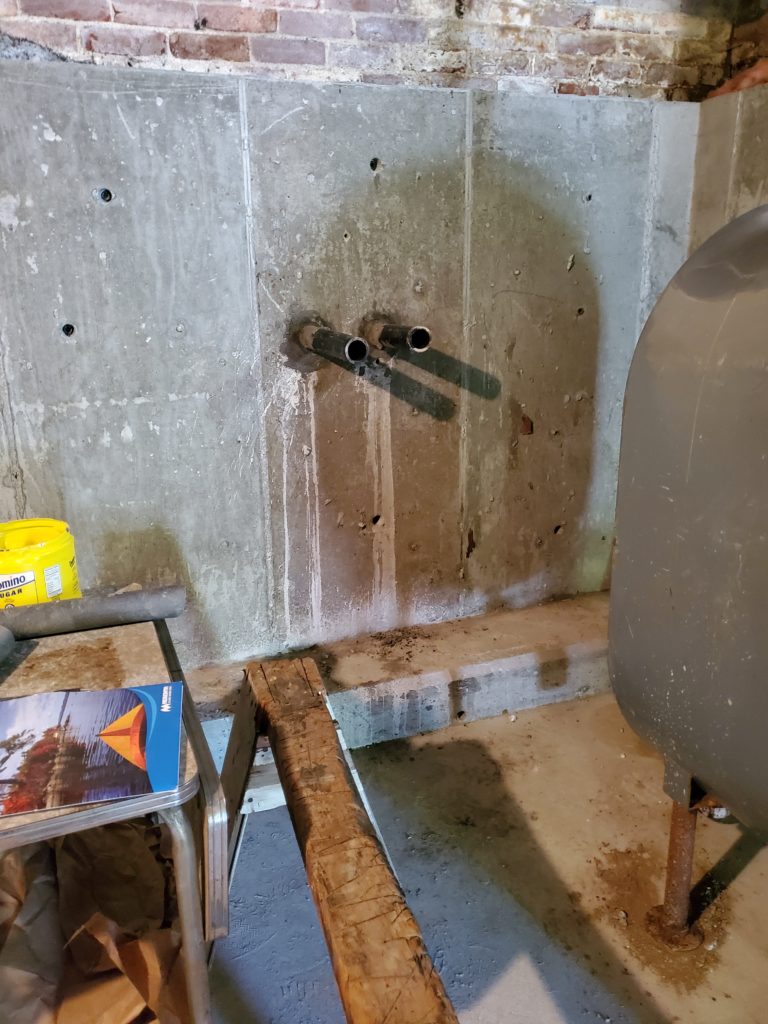
Karen Reed
Fascinating article
Linda Barnes
Thank you! Still working on figuring out how to make technical discussions engaging for non-specialist readers, and learning a great deal in the process. Devon always combs through drafts and corrects mistakes, so at least I can feel relatively confident about the accuracy. He has been so busy that he hasn’t had time to write posts himself, but he is very much involved in all of them. Appreciate the feedback!
Karen Reed
You learn at least one thing new every day
Linda Barnes
To say the least!
Bob Fox
Great post thank you for sharing this article.